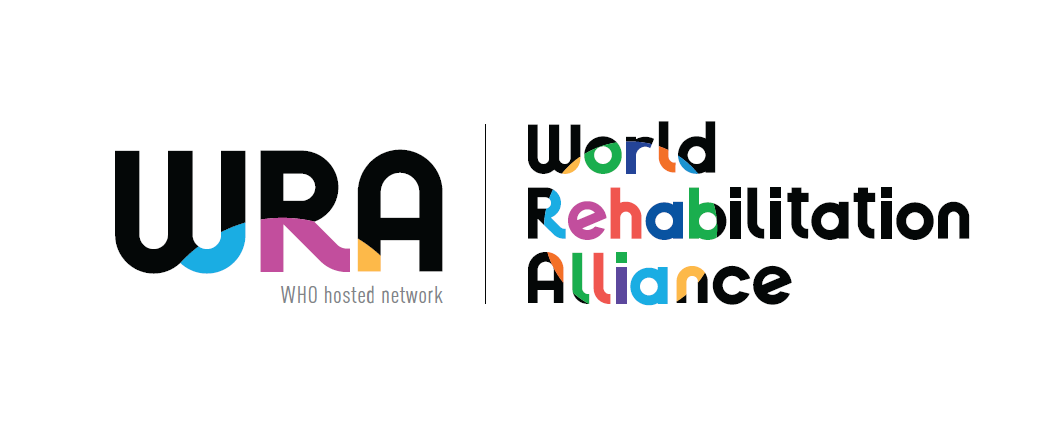

The Rehabilitation 2030 initiative draws attention to the profound unmet need for rehabilitation worldwide and highlights the importance of strengthening health systems to provide rehabilitation. The initiative marks a new strategic approach for the global rehabilitation community by emphasizing that:
With ageing populations and an increase in the number of people living with chronic disease, rehabilitation is a priority health strategy for the 21st century that uniquely contributes to optimizing population functioning.
The Rehabilitation 2030 initiative was launched in February 2017 and introduced a “call for action,” rallying stakeholders towards concerted and coordinated global actions to scale up rehabilitation. To achieve this, 10 priority areas for action were identified:
Globally, 1 in 3 people live with a health condition that benefits from rehabilitation. These needs are spread across the lifespan, from children with congenital and intellectual impairment to young adults with physical limitations resulting from unintentional and war-related injuries to older people experiencing chronic disease or difficulties associated with ageing. These rehabilitation needs will only grow in the coming years as populations continue to age, and the number of people living with chronic disease continues to increase throughout the world.
Many countries are not equipped to respond to existing rehabilitation needs, let alone the forecasted increase arising from health and demographic trends. Rehabilitation is often not prioritized in countries and continues to be under-resourced. As a result, countless individuals do not have access to rehabilitation services, leading to an exacerbation of their condition, further complications, and lifelong consequences. In some low- and middle-income countries, more than 50% of people do not receive the rehabilitation services they require.
In 2017, in recognition of the growing global rehabilitation needs, underdeveloped rehabilitation services, and significant potential for unmet rehabilitation needs to increase in the future, WHO Member States, development partners, and civil society came together to launch the Rehabilitation 2030 initiative.
Since the initial call for action, WHO has undertaken a series of activities and developed a range of technical tools to accelerate action and support progress in countries toward achieving the goals of the Rehabilitation 2030 initiative.
World Health Assembly resolution WHA76.6 on Strengthening rehabilitation in health systems
Since the Rehabilitation 2030 initiative was launched, all stakeholders within the rehabilitation sector have been playing their part in addressing the action areas. The significant momentum and efforts have culminated in a World Health Assembly resolution, endorsed in May 2023. The resolution has been a historic milestone, marking the first time in 75 years that rehabilitation has been recognized as a core global public health priority. The resolution outlines priority actions for Member States, civil society and WHO Secretariat, aligning directly with the Rehabilitation 2030 action areas and foundational principles.
For more information on the resolution read here.
Technical support to countries
WHO has supported approximately 72 countries to date, across all world regions, to strengthen their health systems and provide better rehabilitation services. The number of countries requesting technical support from WHO is ever-increasing. For more information on WHO’s country support, read here.



